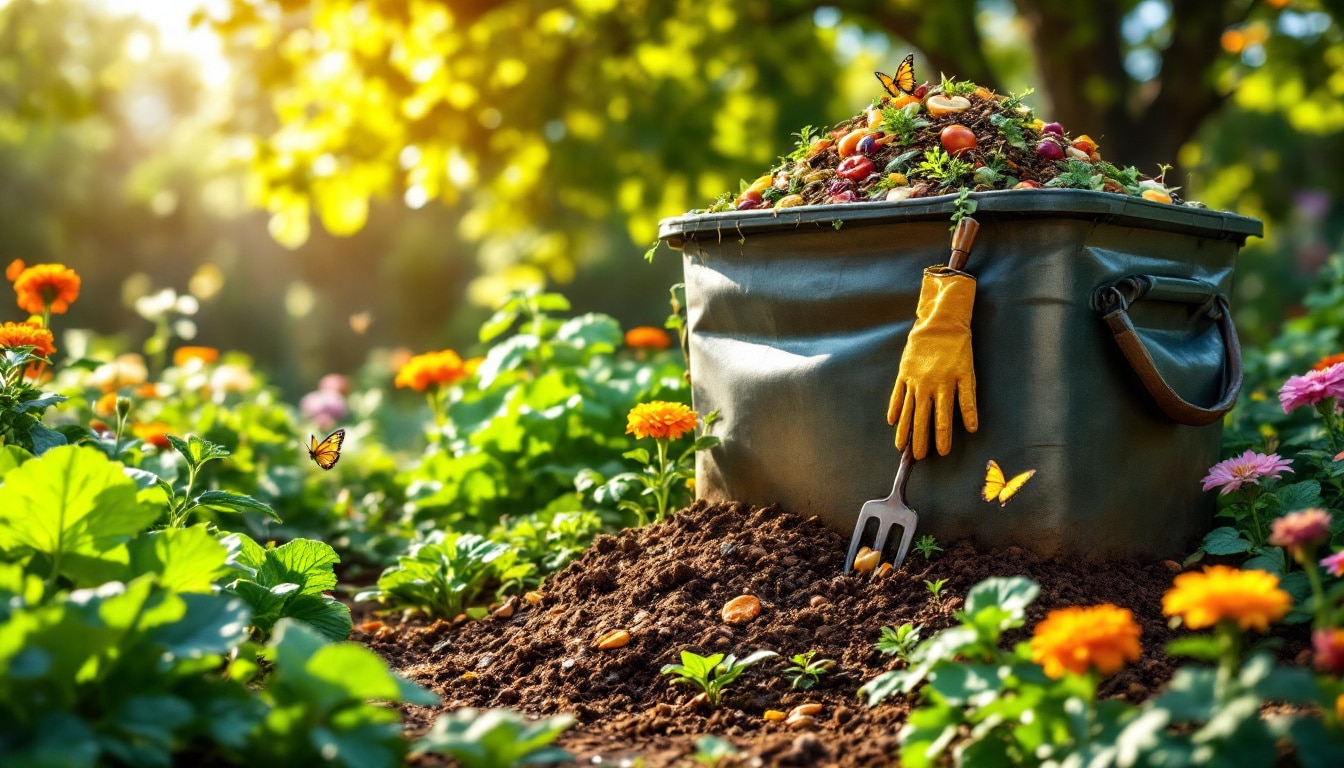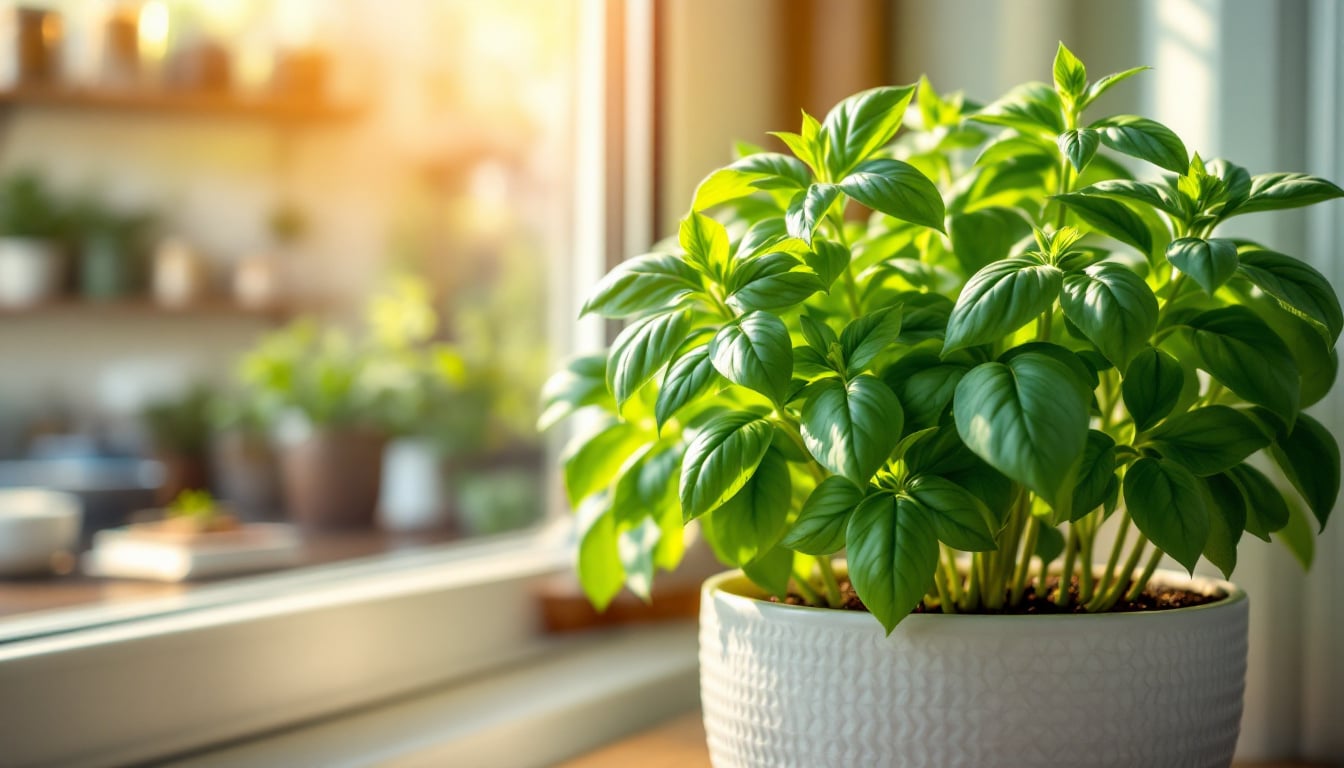Welcome to the wonderful world of composting! Turning kitchen scraps into garden gold may sound like a magical process, but it’s as simple as following a few basic steps. With a little bit of effort, you’ll find yourself recycling waste and enriching your soil at the same time. Not only will this make your garden thrive, but you’re also contributing positively to the environment. Let’s delve into the art of composting like a pro, transforming what was once considered trash into nutrient-rich compost that your plants will adore!
Highlights & Index
- Discover the basics of composting 🌱
- Learn about what to compost and what to avoid ✋
- Explore the composting process 🔄
- Find tips for successful composting 💡
- Troubleshoot common composting problems 🐞
Did you know? Composting can divert approximately 30% of your household waste from landfills, significantly reducing greenhouse gases!
The Basics of Composting
Composting is a natural process that breaks down organic materials into a rich soil amendment known as compost. This is achieved by microorganisms, fungi, and various decomposers that work diligently to transform your kitchen waste into a nutrient-dense humus. The result is a soil amendment that can greatly enhance the health of your garden’s soil, fostering vibrant plant growth.
What to Compost and What to Avoid
Knowing what to toss into your compost pile is crucial for its success. Here’s a quick guide:
Green Materials (Nitrogen-Rich)
- Fruit and vegetable scraps
- Coffee grounds and filters
- Fresh grass clippings
- Plant trimmings
Brown Materials (Carbon-Rich)
- Dry leaves
- Straw and hay
- Shredded newspaper
- Cardboard (non-glossy)
It’s essential to maintain a balance, aiming for roughly a 3:1 ratio of brown to green materials. This balance ensures speedy decomposition without any unpleasant odors. Remember to steer clear of any meat, dairy, or oily foods as they can attract unwanted pests.
These classic garden plants are falling out of favor – what to plant instead
The Composting Process
So, how does composting work its magic? The answer lies in building a well-structured compost pile.
Start with layering your green and brown materials, ensuring each layer is slightly moist—think of it as the dampness of a wrung-out sponge. Air is vital in this process, so turn your pile regularly with a garden fork or compost aerator to keep those microorganisms happy!
| Composting Types | Description |
|---|---|
| Hot Composting | Fast method with regular turning; results in compost within weeks. |
| Cold Composting | Slower process; relies on natural decomposition. |
| Vermicomposting | Uses worms to convert waste into nutrient-rich castings. |
| Batch Composting | Involves creating compost in defined batches. |
| Tumbler Composting | Container rotates for ease of turning; compacts compost. |
Tips for Successful Composting
To achieve the best results, consider these handy tips:
- Chop or shred large materials to speed up decomposition.
- Maintain moisture, adding water as needed.
- Keep your compost pile covered to retain moisture and heat.
- Be patient! Quality composting takes time.
Troubleshooting Common Composting Problems
If you encounter issues such as bad odors or slow decomposition, don’t fret! Here are a few solutions:
- Add more brown materials if your pile smells.
- Turn your compost more frequently to aerate it.
- Ensure you’re not adding any food scraps that could attract pests.
By following these guidelines, you’ll be well on your way to composting like a pro and turning those kitchen scraps into garden gold!
As you embark on your composting journey, remember that the benefits extend beyond just your garden. You are actively aiding the environment by reducing waste and enriching the soil naturally. Your plants will thank you, and you’ll feel the joy of creating a sustainable cycle right from your own kitchen! Be sure to drop by for more articles on garden inspiration to keep your green thumb thriving, and feel free to share your experiences!





